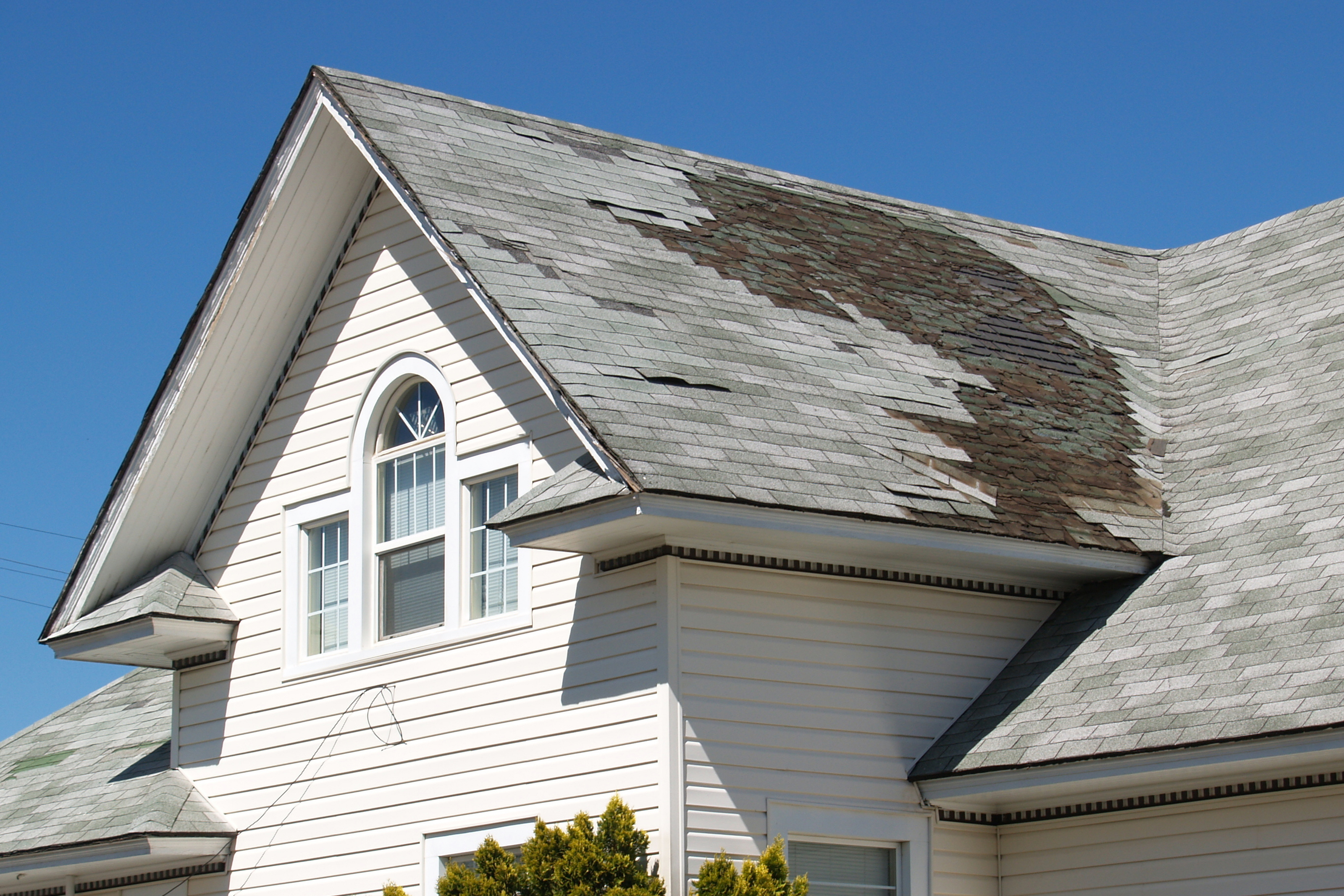Expense Variables to Consider for Your Future Roof Covering Replacement Job
When getting started on a roofing substitute task, understanding the various price aspects is crucial for efficient budgeting. Secret considerations consist of the selection of roofing materials, which not only affect initial prices yet also long-term longevity, as well as labor expenditures driven by the know-how of service providers and neighborhood wage requirements.
Roof Product Selections

Asphalt shingles are among one of the most typical choices due to their affordability and simplicity of installment. However, they might need replacement sooner than various other materials, affecting long-lasting costs. Steel roof, while originally a lot more costly, boasts phenomenal durability and can last years with very little maintenance, making it an affordable alternative with time

Last but not least, wood trembles supply a natural aesthetic but need normal upkeep to stop rot and insect damage, possibly increasing future costs. Inevitably, selecting the best roof material is an important decision that affects not just the immediate budget yet also the future monetary implications of roofing system upkeep and substitute.
Labor Expenses and Wages
The know-how and ability of roof specialists considerably influence the total cost of a roof substitute job. Labor prices usually consist of a substantial section of the overall expenditure, varying based upon the experience and online reputation of the contractor. Highly skilled laborers regulate greater wages because of their training and effectiveness in carrying out intricate roof covering jobs.
Several variables add to labor expenses, consisting of regional wage rates, the demand for roof solutions, and the seasonality of the building market. In metropolitan areas or locations with a high cost of living, labor rates tend to be elevated - roof replacement. Additionally, during peak seasons, when the need for roofing solutions surges, service providers might raise their rates appropriately
It's vital to take into consideration not just the per hour wage however likewise the approximated time called for to complete the project. A more seasoned team may work extra effectively, possibly minimizing labor hours and general expenses. When picking a roof professional, it is advisable to acquire numerous quotes and examine their knowledge, ensuring that you obtain top quality craftsmanship without compromising your budget. Purchasing knowledgeable labor can lead to a much more resilient and dependable roof, inevitably conserving prices on future fixings.
Roofing Layout Intricacy
Roof layout intricacy plays an essential function in determining the total price of a roof covering substitute project. The intricacy of a roofing's style straight impacts labor needs, product options, and job duration. A lot more complicated roofing styles, such as multi-gabled or vaulted structures, frequently necessitate additional labor hours and specialized abilities, increasing general expenses.
Moreover, the kind and amount of materials called for can differ significantly based on the roofing's geometry. Roofing systems with high slopes or one-of-a-kind building attributes might need custom-cut materials, which can be a lot more expensive than conventional alternatives. Additionally, the potential for raised waste during installment should be considered, as intricate layouts may bring about higher material prices.
Moreover, intricate roofing systems can posture safety challenges for service providers, requiring improved safety actions and devices, which may better pump up labor expenses. These elements emphasize the value of carefully assessing your roofing system's layout complexity when budgeting for a substitute.
Ultimately, house owners must team up very closely with their roof covering specialists to fully understand how layout complexity will impact their task's monetary scope, ensuring notified decisions that straighten with both aesthetic choices and financial restraints.
Licenses and Regulations
Navigating permits and regulations is a critical aspect of any roofing substitute project that can dramatically influence total prices and timelines. Before commencing work, house owners should make certain conformity with regional building ordinance, which might vary by municipality. These codes commonly dictate architectural needs, roof covering materials, and even visual considerations, particularly in historical areas.
Acquiring the essential permits is not just a lawful commitment but can likewise prevent expensive penalties and task hold-ups. Typically, the application procedure involves submitting comprehensive strategies and requirements, as well as paying linked costs. Depending on the complexity of the job, assessments may be required at various stages, including to the timeline and labor prices.
Additionally, some regions might have details guidelines concerning power effectiveness, which can necessitate the use of specific materials or strategies that may be extra pricey ahead of time but produce long-term savings. Involving with a certified professional that knows with local guidelines can enhance this procedure and help minimize risks. Inevitably, understanding and addressing authorization and governing needs early in the planning stage can assist in a smoother, much more economical roof covering replacement project.
Hidden Expenses and Backups
Expecting surprise costs and contingencies is vital for property owners planning a roof replacement, as these costs can rapidly rise the preliminary budget plan. While the estimated rate may cover the visible aspects of the task, unanticipated aspects often occur, necessitating added financial allotment.
One typical surprise cost is the discovery of underlying structural damage during the removal of the old roof covering. Issues such as rot, mold and mildew, or deteriorated sheathing can require immediate interest, causing raised labor and material prices. In addition, if your home has numerous layers of roof, the cost of removal can be substantially greater than anticipated.
Another element to consider is the cost of materials. Prices can fluctuate based upon market conditions, and unexpected scarcities might require last-minute replacements, possibly impacting the budget. If weather condition conditions postpone the task, additional labor prices might accrue.
To alleviate these risks, it is sensible to allot a contingency fund-- generally 10-20% of the overall project price. This fund can offer an economic barrier versus unanticipated expenditures, making sure that your roofing contractor roofing system replacement task proceeds smoothly and within budget. Proper planning and foresight will certainly aid homeowners navigate these complexities efficiently.
Conclusion
Finally, a comprehensive understanding of price aspects is crucial for an effective roofing system replacement job. The choice of roof covering materials, labor expenses, and the complexity of the roofing system style substantially influence the overall spending plan. In addition, conformity with licenses and policies, together with the recognition of hidden prices and the facility of a contingency fund, guarantees preparedness for unpredicted expenditures. By attending to these elements, property owners can accomplish an effective and economically manageable roof covering project.